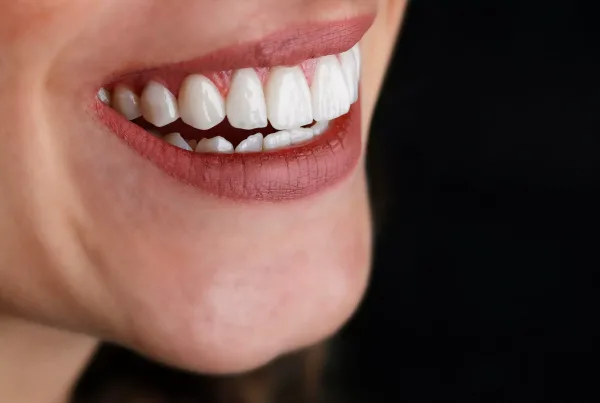
Tooth luxation is one of many dental problems we might encounter in daily life. This condition, defined as the displacement or misalignment of teeth from their normal positions, can affect a person’s aesthetic appearance and overall health. In this article, we will examine tooth luxation in detail and explain everything those who face this issue need to know.
What is Tooth Luxation?
Usually, teeth are tightly connected to surrounding tissues and fixed to the jawbone. However, if this connection weakens or gets damaged for various reasons, the position of the teeth may change. This situation is characterized by tooth mobility and may often be accompanied by pain, swelling, or other symptoms.
Types of Tooth Luxation
Tooth luxation can occur in various forms, requiring different symptoms and treatment options. Here are some common types of tooth luxation:
- Extrusion (Dislocation): In this case, the tooth is displaced outward from its normal position. It often occurs due to a blow or trauma. An extruded tooth may appear longer than the other teeth and can be painful.
- Intrusion (Embedding): The tooth is pushed inward toward the jawbone, sinking more profoundly than average. Intrusion is typically the result of a severe blow to the teeth, potentially damaging the tooth’s enamel or dentin.
- Protrusion (Advancement): In protrusion, the tooth moves forward from its normal position. This may be related to jaw development or the habit of excessive teeth clenching, causing the tooth to appear more prominent than others.
- Retrusion (Retraction): Here, the tooth moves backward from its normal position, often linked to gum disease or problems with the jawbones.
Each type of tooth luxation requires a different approach to diagnosis and treatment, so it should be properly diagnosed by a dentist and an appropriate treatment plan established.
Which Parts of the Tooth Can Experience Luxation?
Tooth luxation can occur in any tooth but is more common in certain teeth. Luxation usually occurs in children and young adults but also older individuals. Some common examples of where luxation may occur include:
- Front Teeth: The front teeth are one of the most common areas for tooth luxation, often due to trauma or blows, especially during sports activities or accidents.
- Molars: Molars, responsible for chewing and grinding, are subject to more stress than other teeth, making them prone to luxation due to jaw trauma or teeth grinding.
- Canine Teeth: The canines, distinguished by their longer and sharper structure, may also be more noticeable when luxated.
Who Can Experience Tooth Luxation?
Tooth luxation can affect people of all ages, often more common in childhood and young adulthood when the risk of trauma or gum disease is higher.
What Causes Tooth Luxation?
Several factors can lead to tooth luxation, such as:
- Trauma or impact
- Gum disease
- Jawbone problems
- Teeth grinding or clenching
- Genetic factors
Symptoms of Tooth Luxation
Common symptoms include:
- Tooth mobility
- Gum bleeding
- Pain or discomfort
- Swelling around the tooth
- Abnormal tooth position
- Bad breath
When to Visit a Dentist?
If any symptoms of tooth luxation are noticed, it’s crucial to see a dentist as soon as possible to prevent further damage.
Treatment Options for Tooth Luxation
Treatment depends on the severity and type of luxation. Common treatments include:
- Observation: In mild cases, regular check-ups might suffice.
- Splinting: Stabilizing the tooth by connecting it to adjacent teeth.
- Orthodontic Treatment: Realigning the teeth with braces or appliances.
- Surgery: In severe cases, surgery may be needed to reposition the tooth.
Post-Treatment Care
Follow-up care after treatment is important. To prevent complications, patients should maintain good dental hygiene, avoid hard foods, and manage stress.





